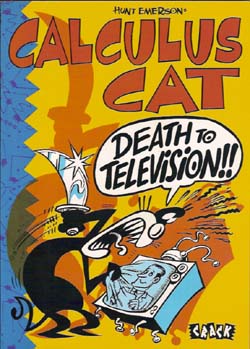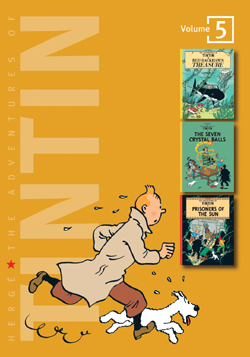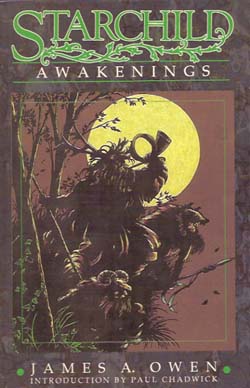DC ARCHIVE EDITION VOLUME 1
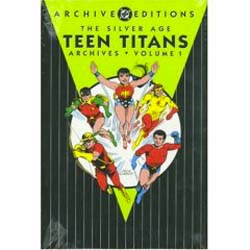
By Bob Haney, Nick Cardy & various (DC Comics)
ISBN: 1-4012-0071-0
The concept of kid hero teams was not a new one when the 1960s Batman TV show finally prompted DC to trust their big heroes’ assorted sidekicks with their own regular comic in a fab, hip and groovy ensemble as dedicated to helping kids as they were to stamping out insidious evil. The biggest difference between such wartime groups as The Young Allies, Boy Commandos and Newsboy Legion or such 1950s holdovers as The Little Wise Guys or Boys Ranch and the creation of the Titans was quite simply the burgeoning phenomena of “The Teenager†as a discrete social and commercial force. These were kids who could be allowed to do things themselves without constant adult help or supervision.
As early as the June-July 1964 issue of The Brave and the Bold (#54), the powers that be had tested the waters with a gripping tale by writer Bob Haney superbly illustrated by unsung genius Bruno Premiani. ‘The Thousand-and-One Dooms of Mr. Twister’ united Kid Flash, Aqualad and Robin, the Boy Wonder in a desperate battle against a modern wizard-cum-Pied Piper who had stolen the teen-agers of Hatton Corners. The young heroes had met in the town by chance when students invited them to mediate in a long-running dispute with the town adults.
This element of a teen “court-of-appeal†was often the motivating factor in many of the group’s cases. One year later the team reformed for a second adventure (The Brave and the Bold #60, and by the same creative team) and introduced two new elements. ‘The Astounding Separated Man’ featured more misunderstood kids – this time in the coastal hamlet of Midville – threatened by an outlandish monster whose giant body parts could move independently. The young heroes added Wonder Girl (not actually a sidekick, or even a person, but rather an incarnation of Wonder Woman as a child – a fact the writers of the series seemed blissfully unaware of) and they finally had a team name: ‘Teen Titans’.
Their final try-out appearance was in Showcase (issue #59, November-December 1965), birthplace of so many hit comic concepts, and was the first to be drawn by the brilliant Nick Cardy (who became synonymous with the series). ‘The Return of the Teen Titans’ pitted the team against teen pop trio ‘The Flips’ who were apparently also a gang of super-crooks, but as was so often the case the grown-ups had got it all wrong…
The very next month their own comic debuted (#1 was dated January-February 1966 – released mere weeks before the Batman TV show aired on January 12th) with Robin the point of focus on the cover – and most succeeding ones. Haney and Cardy produced an exotic thriller entitled ‘The Beast-God of Xochatan!’ which saw the team act as Peace Corps representatives involved in a South American drama of sabotage, giant robots and magical monsters. The next issue held a fantastic mystery of revenge and young love involving ‘The Million-Year-Old Teen-Ager’.
‘The Revolt at Harrison High’ cashed in on the teen craze for drag-racing in a tale of bizarre criminality. Produced during a historically iconic era, many readers now can’t help but cringe when reminded of such daft foes as ‘Ding-Dong Daddy’ and his evil biker gang, and of course the hip, trendy dialogue (it wasn’t even that accurate then, let alone now) is pitifully dated, but the plot is a strong one and the art magnificent.
‘The Secret Olympic Heroes’ guest-starred the Green Arrow’s teen partner Speedy in a very human tale of parental pressure at the Olympics, although there’s also skulduggery aplenty from a terrorist organisation intent on disrupting the games.
This volume concludes with ‘The Perilous Capers of the Terrible Teen’ as the Titans face the dual task of helping a troubled young man and capturing a super-villain called the Ant, despite all the evidence indicating that they’re the same person…
Although perhaps dated in delivery, these tales were a liberating experience for kids when first released. They truly betokened a new empathy with independent youth and tried to address problems that were more relevant to that specific audience. That they are so captivating in execution is a wonderful bonus. This is absolute escapism and absolutely delightful.
© 1964, 1965, 1966, 2003 DC Comics. All Rights Reserved

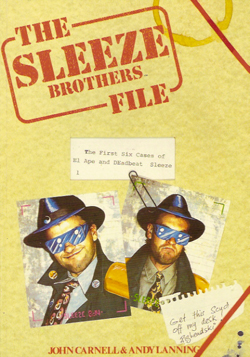
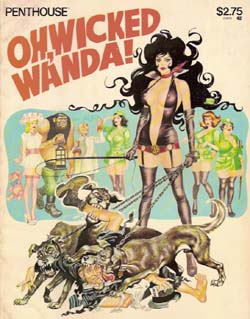
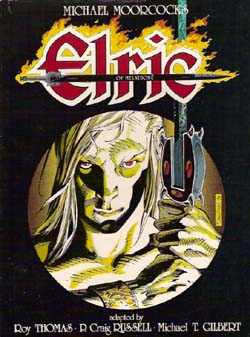
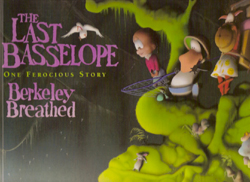
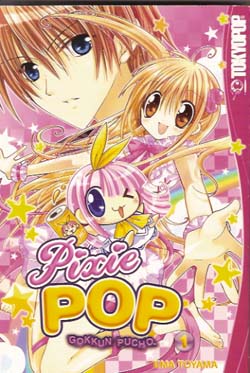
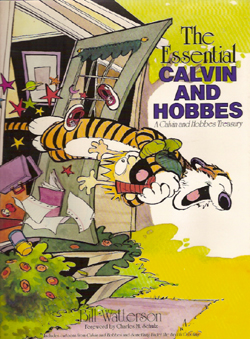 Â
 